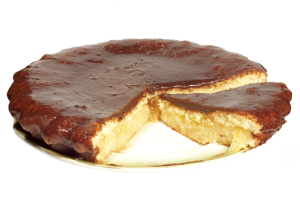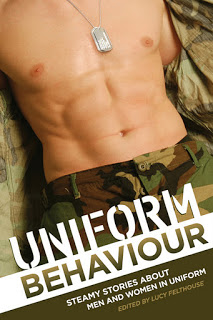For my first post on the ERWA blog, I wanted to do a bit of
an introductory piece. Firstly, I’d like to say that I was delighted to be
asked to contribute to the blog, particularly amongst such esteemed company, so
thank you!
As the title of this blog post indicates, I have my fingers
in many pies. If people ask what my job is, I often say “a bit of
everything.” Naturally, that’s not exactly true, but I do lots of
different things which make up my full time (and the rest!) job.
I’m an erotica and erotic romance writer, with work published
by Cleis Press, Constable and Robinson, House of Erotica, Noble Romance,
Ravenous Romance, Summerhouse Publishing, Sweetmeats Press and Xcite Books.
I’ve also edited two anthologies, Uniform Behaviour (uniform erotica) and Seducing the Myth (erotic myths and legends), and there’s a good chance I’ll be editing another anthology at
some point, too, so watch this space!
I spend rather a lot of my time hopping between doing
promotional work for other writers, developing websites and also editing,
copy-editing and proof-reading. This is for my business, Writer Marketing
Services (http://www.writermarketing.co.uk).
Finally, I run an erotica website which features author
profiles, interviews, competitions, guest posts, news and reviews. It’s for
readers, writers, and those of us who are both. Basically, anything that helps
promote the genre is welcome on the site. It’s helped me gain a reputation as
an advocate for erotica and means I get sent lots of sexy books to review! Take
a peek at http://eroticaforall.co.uk,
where authors will find a page telling them how to submit content for inclusion
on the site, and readers will hopefully have a damn good time looking around
and discovering new authors and books!
So, in a nutshell, that’s what I do. What I love is how it all
ties so closely together. I can go from writing an erotic story, to reading
one, to reviewing one, to promoting one, all in one day (or even less)! I get a
lot of variety in my days which is fantastic, and I love everything that I do.
I get to talk to the most fascinating people and do some very interesting work.
And who can ask for any more than that?
This concludes my blog post for this quarter. Now I’ve
introduced myself, I’ll be much more interesting next time, I promise. And just
to redeem myself a little… here’s where you’ll find the smut: http://lucyfelthouse.co.uk.







